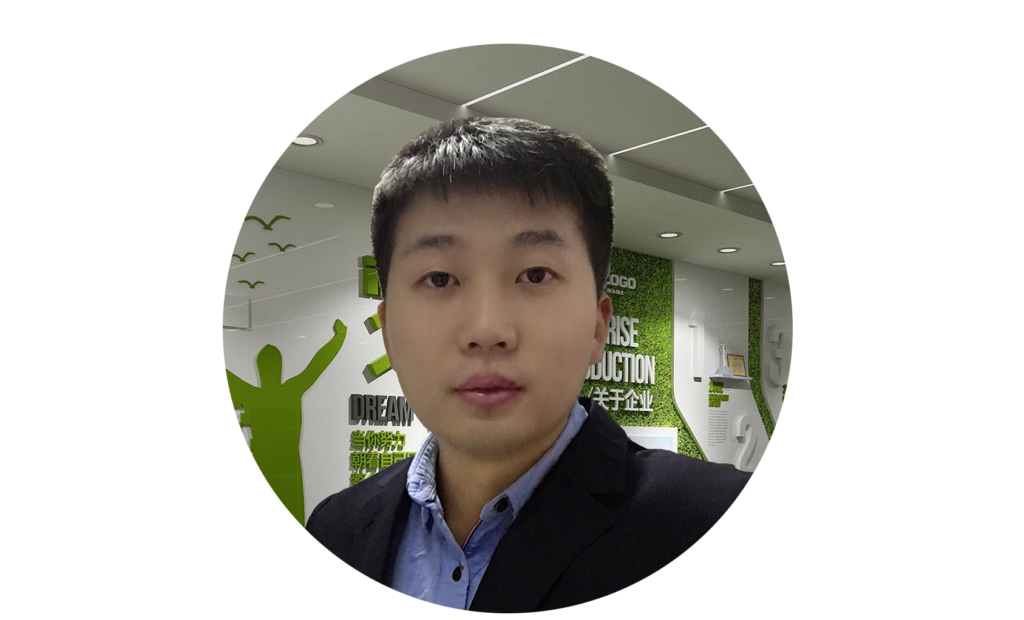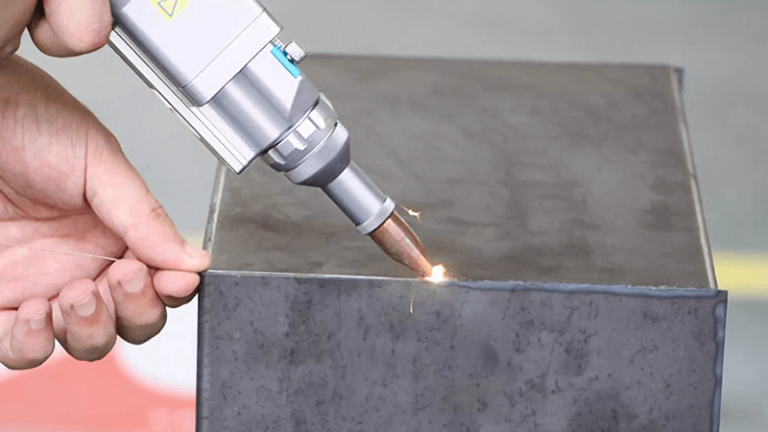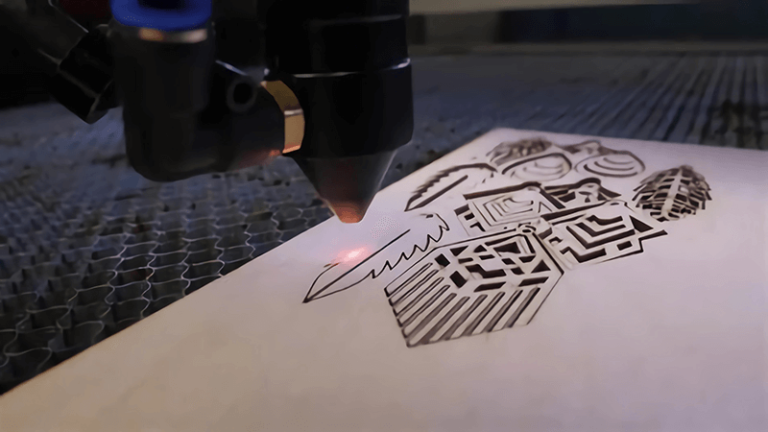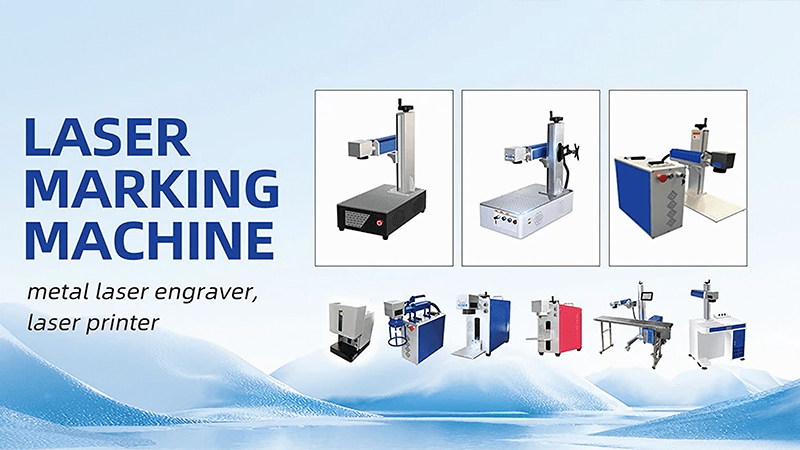
Have you ever been frustrated with outdated manufacturing processes that drain your time and resources? I know I have. It's like trying to paint a masterpiece with a toothbrush—inefficient and messy. But what if I told you there's a laser-sharp solution that's revolutionizing industries? Enter Laser UV Technology, the game-changer you've been waiting for.
Laser UV technology offers a combination of precision, efficiency, versatility, and environmental friendliness that makes it a valuable asset across various industries. Laser UV technology is increasingly recognized for its diverse applications and advantages across various fields, including manufacturing, healthcare, and environmental sustainability. As this technology continues to evolve, its potential applications are likely to expand further, providing innovative solutions to modern challenges.
Whether you're in the medical field or the manufacturing sector, this technology is reshaping the way we work. As a Sales Engineer at Kirin Laser, I've seen firsthand how Laser UV Technology transforms operations. But how does it actually work?
What is Laser UV Technology?
Laser UV Technology utilizes ultraviolet light to perform tasks with incredible accuracy. Unlike traditional lasers, UV lasers operate at shorter wavelengths, allowing for finer detail and minimal thermal impact on materials. This means cleaner cuts, precise engravings, and efficient processing.
Features of Laser UV Technology
- Short Wavelength: UV lasers operate at wavelengths around 355 nm, which is significantly shorter than those of infrared or visible light lasers. This allows for smaller focused spot sizes, leading to more precise cuts and engravings.
- High Energy: The energy of UV photons is inversely proportional to their wavelength; thus, UV lasers possess high photon energy. This characteristic enables efficient material processing and the ability to work with a wide range of materials, including metals, plastics, and biological tissues.
- Minimal Thermal Impact: One of the standout features of UV lasers is their low thermal impact on materials. This results in a minimal heat-affected zone (HAZ), making them ideal for processing heat-sensitive materials without causing damage.
Laser UV Technology operates at shorter wavelengths than traditional lasers, enabling finer precision in material processing.True
The article states that UV lasers operate at wavelengths around 355 nm, which is shorter than infrared or visible light lasers, allowing for more precise cuts and engravings.
Laser UV Technology generates significant heat during material processing, making it unsuitable for heat-sensitive materials.False
The article highlights that UV lasers have minimal thermal impact on materials, resulting in a small heat-affected zone and making them ideal for processing heat-sensitive materials without causing damage.
How Does Laser UV Technology Work?
At its core, Laser UV Technology emits UV light that interacts with materials at the molecular level. This interaction enables precise modifications without causing significant heat buildup, which is crucial for sensitive applications. The result? High-quality outcomes with reduced waste and faster turnaround times.
The fundamental operation of UV lasers is based on the principle of stimulated emission. Here’s a breakdown of the process:
- Energy Conversion: An external energy source, such as an electrical discharge or another laser, excites atoms or molecules within a gain medium (which can be a gas, crystal, or dye). This excitation leads to the emission of photons at specific wavelengths in the UV spectrum.
- Photon Amplification: The emitted photons are then amplified within a resonant cavity formed by mirrors, which reflect the light back and forth, enhancing its intensity and producing a coherent beam of UV light.
- Cold Processing: Unlike traditional lasers that generate heat during material interaction, UV lasers employ a "cold processing" technique. The high-energy photons from the UV laser break chemical bonds in materials without significant heat buildup. This minimizes thermal damage and allows for precise modifications at the molecular level.
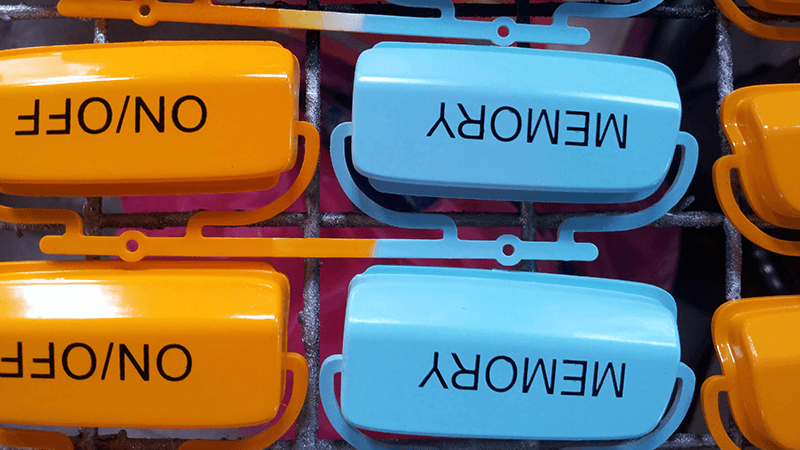
Benefits of Laser UV Technology
Enhanced Efficiency
Time is money, and Laser UV Technology ensures you make the most of both. Its high-speed processing capabilities mean tasks are completed faster, increasing overall productivity. According to recent studies, companies adopting UV lasers have seen a 30% boost in operational efficiency.
Superior Precision
Precision is non-negotiable in many industries. UV lasers offer unparalleled accuracy, allowing for intricate designs and fine details that traditional methods can't achieve. This precision reduces errors and rework, ensuring that the final product meets the highest standards.
Cost-Effectiveness
Investing in Laser UV Technology can lead to significant cost savings in the long run. Reduced material waste, lower energy consumption, and decreased maintenance costs all contribute to a healthier bottom line. Explore the financial benefits.
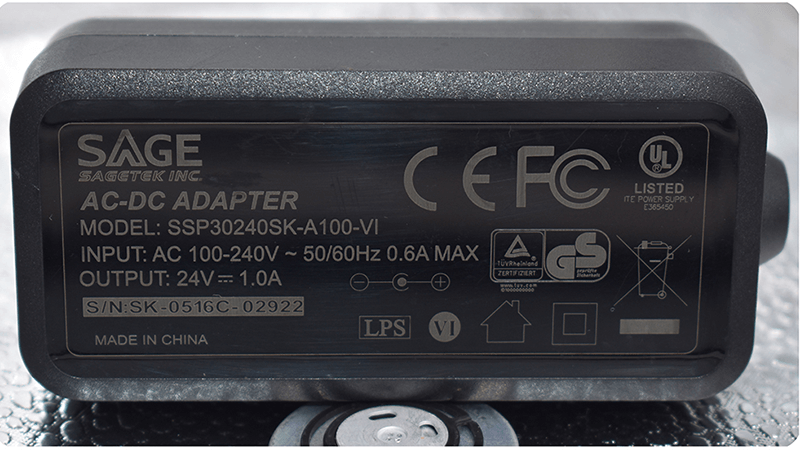
Applications of Laser UV Technology
UV Laser Marking Technology Application Table
The following table organizes the applications of UV laser marking technology in four major fields: Electronics and Semiconductors, Jewelry Industry, Medical Field, and Food & Pharmaceutical Packaging. Each application includes a description and its respective advantages.
| Industry | Application | Description | Advantages |
|---|---|---|---|
| Electronics & Semiconductor | Chips & Integrated Circuits | Marking model numbers, codes, serial numbers, and other information on smartphone chips, computer processors, memory chips, etc. | - High Precision: Suitable for detailed marking in small areas. - Material Compatibility: Compatible with silicon, ceramics, and various semiconductor materials. - Durability: Marks are resistant to wear and fading. |
| Printed Circuit Boards (PCB) | Engraving text, barcodes, QR codes, and symbols on PCBs. | - High Resolution: Enables precise marking of complex patterns. - Fast Processing: Suitable for mass production. - Environmental Resistance: Marks withstand high temperatures and chemical corrosion. |
|
| Display Panels | Marking production dates, model numbers, and other information on LCD, OLED, and other display panels. | - Non-Destructive Marking: Does not affect display quality, maintaining transparency and optical performance. - High Clarity: Ensures marks are clear and easily traceable for quality assurance. |
|
| Jewelry Industry | Jewelry Pieces | Marking serial numbers, brand logos, design patterns, etc., on diamonds, platinum, gold, silver jewelry, and other ornaments. | - No Thermal Damage: Protects the luster and structural integrity of the jewelry. - High Precision & Detail: Allows intricate pattern engraving. - Longevity: Marks are resistant to wear and remain clear over time. |
| High-End Watches | Engraving brand names, model numbers, certification marks, etc., on watch dials, case backs, and other parts. | - Precision Marking: Suitable for the fine structures of watches. - Anti-Counterfeiting: Enhances brand protection against imitation. |
|
| Medical Field | Medical Instruments | Engraving specifications, model numbers, production dates, batch numbers, etc., on syringes, implantable medical devices, surgical tools, etc. | - High Reliability: Ensures clear and durable markings for traceability and management. - Biocompatibility: Process does not produce harmful substances, meeting hygiene standards. - Precision: Suitable for complex and intricate structures. |
| Medical Packaging | Permanently marking medical packaging such as bottles, bags, and outer boxes with product information. | - Non-Contaminating: Contactless marking process avoids contamination. - Durability: Marks are resistant to wear and chemical corrosion. - Traceability: Supports QR codes, barcodes, and other traceable markings. |
|
| Food & Pharmaceutical Packaging | Pharmaceutical Packaging | Engraving production dates, batch numbers, QR codes, and other information on medicine bottles, boxes, and tablet packaging. | - Contactless Marking: Maintains packaging integrity and hygiene. - Information Security: Supports anti-counterfeiting measures. - High Efficiency: Suitable for high-speed production lines. |
| Food Packaging | Marking production dates, expiration dates, batch numbers, etc., on food packaging bags, mineral water bottles, beverage bottles, cans, etc. | - Environmentally Safe: Process does not produce harmful substances, complying with food safety standards. - Aesthetic & Durable: Marks are visually appealing, resistant to wear. - Anti-Counterfeiting: Supports complex patterns and QR codes for enhanced security. |
|
| Beverage Containers | Marking brand logos, production information, etc., on plastic and glass beverage containers. | - High Precision: Ensures accurate placement of marks without affecting container functionality. - Corrosion Resistance: Marks withstand acidic and alkaline environments, suitable for beverage storage. |
Additional Notes
-
Coverage of Table Content:
- Electronics & Semiconductor: Chips & Integrated Circuits, Printed Circuit Boards, Display Panels.
- Jewelry Industry: Jewelry Pieces, High-End Watches.
- Medical Field: Medical Instruments, Medical Packaging, Pharmaceutical Packaging.
- Food & Pharmaceutical Packaging: Pharmaceutical Packaging, Food Packaging, Beverage Containers.
-
Advantages Summary:
- High Precision & Detail: Suitable for marking small and complex structures.
- Non-Contact & Non-Contaminating: Protects material integrity and complies with hygiene and environmental standards.
- Durability & Longevity: Ensures markings remain clear and intact over time, resisting wear and environmental factors.
- Anti-Counterfeiting: Enhances brand security by enabling sophisticated and tamper-resistant markings.
- High Efficiency & Adaptability: Compatible with high-speed production lines, enhancing manufacturing productivity.
Companies that adopt Laser UV Technology have experienced up to a 30% increase in operational efficiency.True
According to the article, recent studies show that companies using UV lasers have seen a 30% boost in operational efficiency due to high-speed processing capabilities.
Laser UV Technology is exclusively used in the manufacturing sector and has no applications in the medical field.False
The article mentions that Laser UV Technology is utilized across various industries, including manufacturing, healthcare, and environmental sustainability, demonstrating its versatility beyond just manufacturing.
Why Choose Kirin Laser's UV Solutions?
At Kirin Laser, we pride ourselves on delivering top-of-the-line Laser UV Technology tailored to your specific needs. Our team of experts ensures seamless integration into your existing workflows, providing comprehensive support every step of the way. With Kirin Laser, you're not just purchasing a product; you're investing in a partnership dedicated to your success.
Future of Laser UV Technology
The future of Laser UV Technology is bright and full of potential. Advancements in laser design and materials science are paving the way for even more applications and improved performance. From space exploration to next-generation electronics, UV lasers will continue to play a pivotal role in technological innovation.
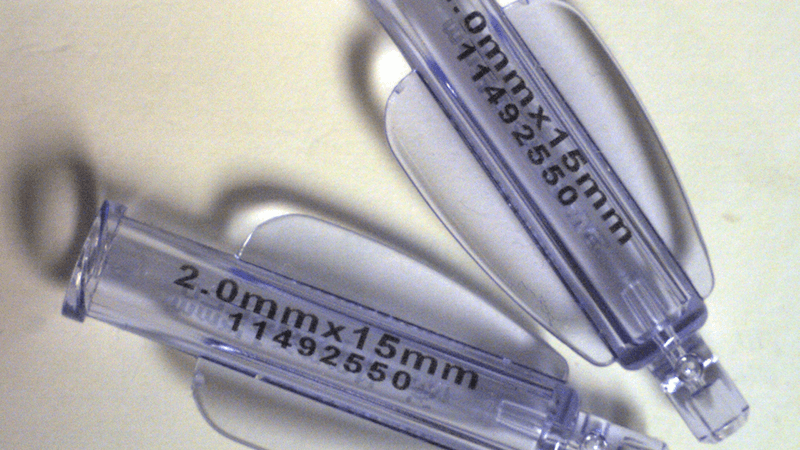
Conclusion
Laser UV Technology is more than a trend—it's a transformative tool that offers efficiency, precision, and cost savings across various industries. As a Sales Engineer at Kirin Laser, I can attest to its profound impact and the endless possibilities it brings. Embrace the future with Laser UV Technology and watch your operations soar to new heights.
For more insights and to see how Laser UV Technology can revolutionize your business, visit Kirin Laser's UV Laser Marking Machine page.
References:
- "Choosing the Best Laser Marking Machine for Your Needs", from Kirin Laser.
- "The Ultimate Guide to Laser Marking Machines: Types, Uses, and Benefits", from Kirin Laser.
- "Top 5 Applications of Laser Machine Engraving in Industry", from Kirin Laser
- "How to Choose the Best Laser Marking Machine?", from Kirin Laser.
- "CO2 vs. Fiber vs. UV Lasers – What’s the difference?", from Lotus Laser.
- "UV Laser Marking", from Keyence.

